Guide To… Renewable Energy Grants
If you’re considering getting an electric car, then you may also want to consider installing renewable energy.
Much like electric cars, renewable energy has been the subject of many myths and much disinformation, and an expensive and botched roll-out in the early 90s has tainted some people’s view of renewables – in much the same way that government support for diesel on financial and environmental grounds has made people wary of EVs.
However, both of these perspectives are out-dated and unfounded.
Producing power locally means potential savings for you, as well as greater convenience – when teamed with a home EV charger, you can run your house and your car from clean, renewable energy. Any excess energy can also be sold back to the national grid, helping to pay off your investment even faster.
Furthermore, it has a major cumulative effect for Ireland’s total emissions, as between 8-15% of all energy is lost in transmission between the power plant where it is generated, and the homes and offices where it is consumed.
Solar power
Firstly, the cost of producing renewable energy has never been lower. The most common form of local renewable energy, solar (also known as Solar Photovoltaic, or Solar PV), has seen costs fall by 70% over the past decade while also gaining between 12-15% in efficiency over the same period.
New innovations are increasing efficiency and reducing the cost year-on-year, but with quick returns there is no need to wait to install a solar array on your roof.
A 3kW installation will cost around €4,000-€6,000 to install and provide savings of around €500 in the first year alone – offering a profit upwards of €5,600 over 20 years. With energy bills rising each year, you could save even more – while also cutting your carbon footprint and lowering emissions in the face of climate change.
While Ireland might not have a reputation for being the sunniest place in the world – Dublin is the sixth least sunny city in Europe – the sun’s radiation levels mean that the amount of energy produced is comparable to some of the sunniest places in Europe.
Wind power
While we’re all used to seeing large scale windfarms in Ireland, wind energy can also be harvested locally with a small turbine on your roof or in your garden.
These mini-turbines might not produce as much power as solar arrays, and may be reliant on a steady gust – but we all know that isn’t much of an issue in Ireland.
These turbines are also relatively cheap, starting at around €200, and can generate enough energy to power everything from your lighting to your TV. Based on the average Irish home, a 3kW turbine could provide as much as a third of the power you use each day alone. Remember that every little helps the planet and your wallet.
Energy storage
Alongside creating renewable energy, you’ll also want to consider how you’re going to store it, so that you can use it at a time that is most convenient for you.
Most renewable energy installers will offer an option to add energy storage – essentially a big battery – when going through the consultation with you. This may present an added cost up front, although some companies will offer a discount if you install both at the same time.
Remember that this will allow you to use the power whenever works for you, and therefore avoid paying a premium to use power from the grid at peak times.
Over time your EV may also act as a secondary energy store for renewable energy and help you manage your needs – after all, it is essentially a big battery on wheels and you can use the power in your car to run your home (depending on the make and model).
Renewable grants
In addition to offering subsidies to help you purchase an electric vehicle, the Sustainable Energy Authority of Ireland (SEAI) offers a number of grants to help you offset the cost of installing renewable energy.
Here are the key incentives available:
You can claim up to €900 for every 1kW of energy that your system is capable of producing – this is known as the kilowatt ‘peak’ (kWp), and is shorthand for the overall potential energy that you might create. For example, a 2kW installation would be able to claim €1,800 in grants
SEAI offers up to €600 towards battery storage systems so that you can better manage your energy usage and save excess electricity for peak times of use
In addition to investing in renewable energy, you may also want to review your home’s insulation, as the average Irish home loses 20-30% of its heat through poor insulation – costing you money and creating unnecessary emissions through heightened energy consumption. You can get up to €400 in grants for attic insulation, and a further €400 back for cavity wall insulation
For more information on the grants and subsidies available to you, visit SEAI.
And for more information on how renewable energy can power your EV and the potential benefits, check out our How EVs Can Support Energy Independence blog.
What To Read Next
Ireland Approves Sale Of Renewable Energy To Grid
The Irish government has announced that it will allow excess energy produced by renewable sources to be sold back to the grid, presenting an opportunity for those with solar panels and other forms of renewable energy production to profit from their investment
Guide To EV Grants
Find out more about the subsidies available in Ireland to make EV adoption easy & affordable






